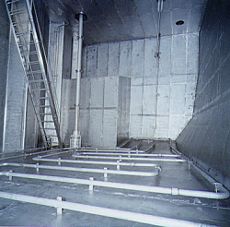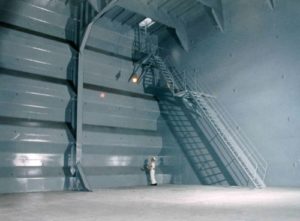Stainless steel can corrode in service if there is contamination of the surface. Both pickling and passivation are chemical treatments applied to the surface of stainless steel to remove contaminants and assist the formation of a continuous passive chromium oxide, film. Pickling and passivation are both acid treatments and neither will remove grease or oil. If the steel is dirty, it may be necessary to use a detergent or alkaline cleaning before pickling or passivation.

Zinc silicate coating is an anti corrosive paint system that is based on zinc dust (86% wt) with some additives and a binder. The high levels of zinc dust giving zinc-zinc metal contact resulting in cathodic protection similar to those obtained from galvanising. Zinc coatings are inherently porous, which is resulting in a variety of cleaning problems. It is believed that the cargo migrates into the pores and capillaries, similar to a fluid adsorption processes. Zinc coatings have a good resistance against solvents, but are not resistant against strong acids and bases.
Epoxy coatings e.g. pure epoxy, phenolic epoxy and isocyanate epoxy form cross linkages to different degrees resulting in relatively good resistance to a greater range of cargoes. Epoxy systems are usually resistant to some weak acids and strong alkalies and do not absorb oil-like substances. Epoxy coatings tend to absorb, however, solvent-like cargoes (Resistant with limitations according coating resistance list). This absorption is caused by swelling and subsequent softening of the coating. After transporting aggressive cargoes, the coated tank has to be ventilated until the cargo has been desorbed (released) from the coating film, which results in hardening and decreasing swelling. This can take up to several days, depending on type of cargo, type of coating and film thickness. Water may not be used for cleaning until this ventilation process is finalized. Otherwise the water can lead to blistering and subsequent serious damage of the coating. The more solvency power a cargo has, the more cargo residues could still be present in the coating. This could lead to either contamination of the next or after next cargo or breakdown of the coating film.
